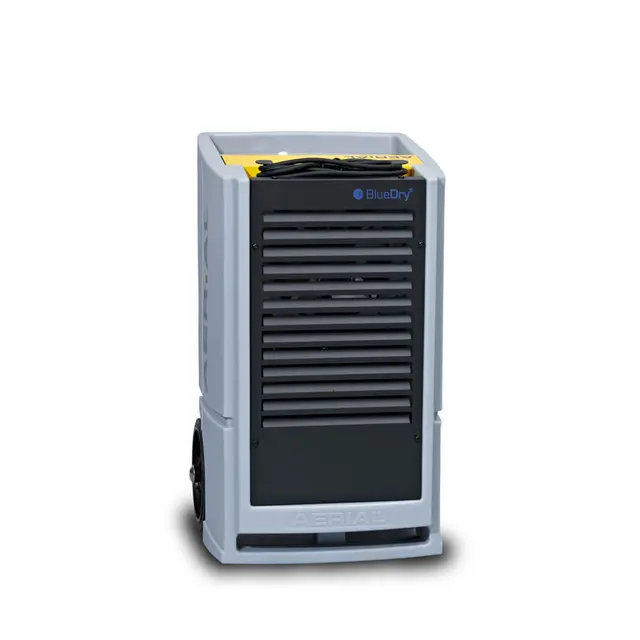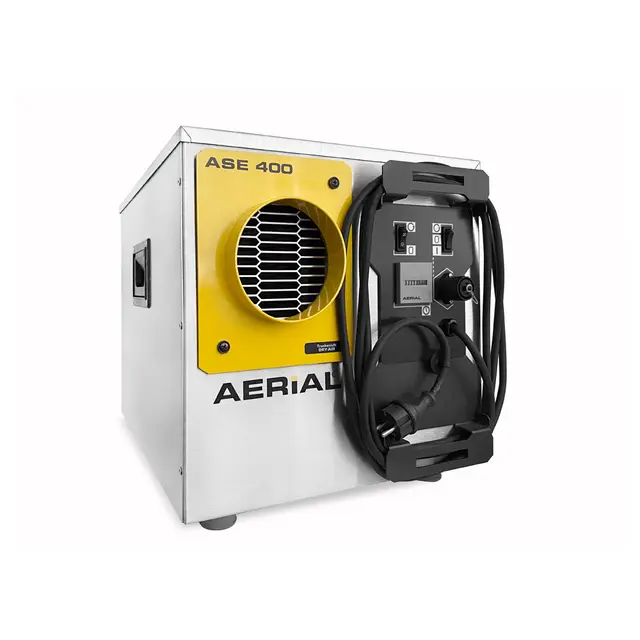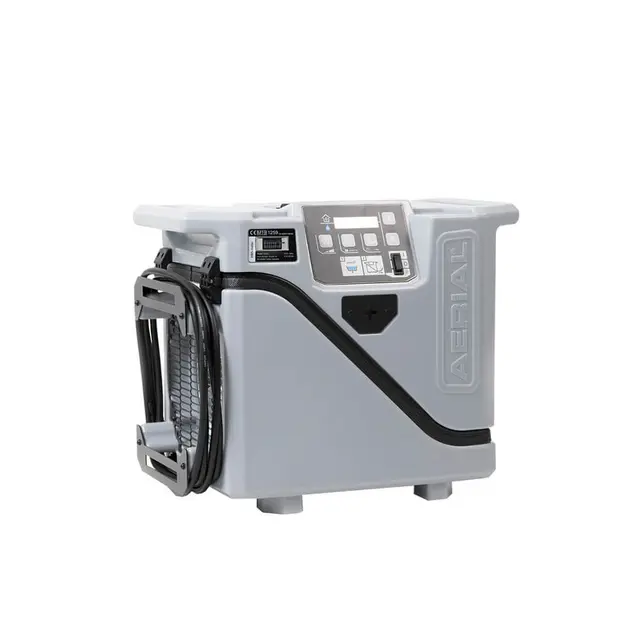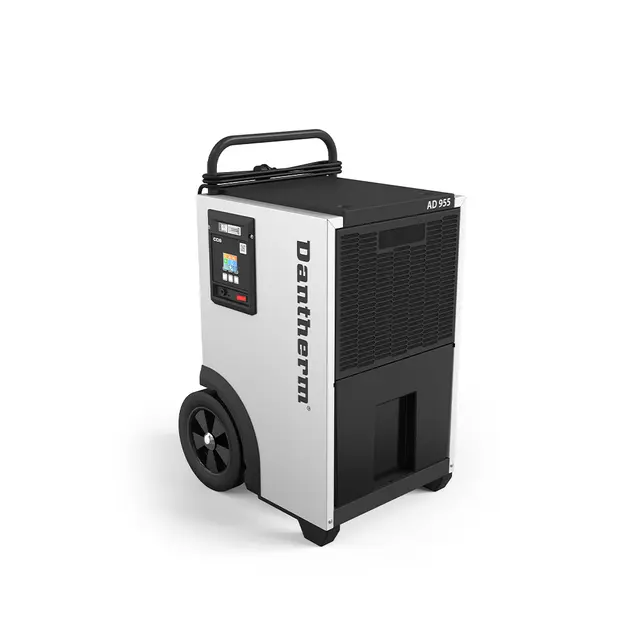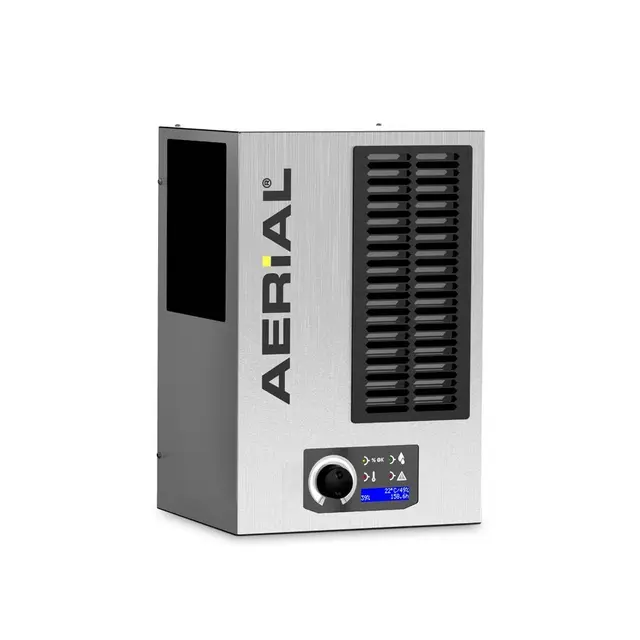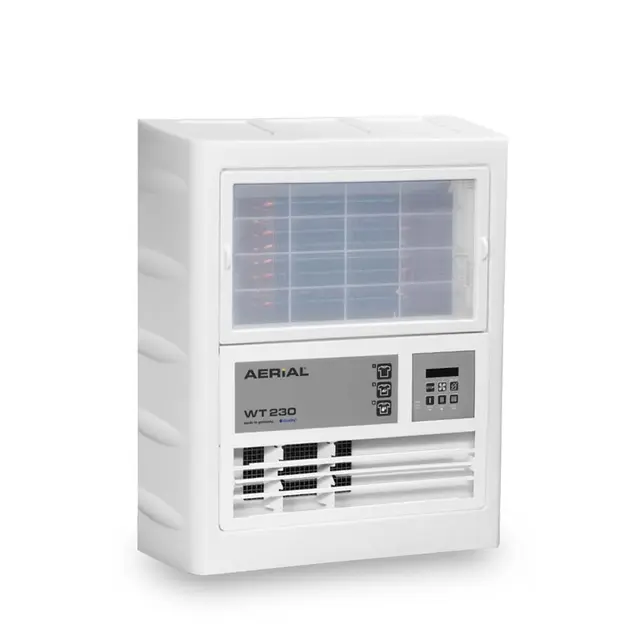How to make dehumidification as energy efficient as possible

- Home
- Insights
- Humidity control and drying insights
- How to make dehumidification as energy efficient as possible
To help you keep the operating costs of your dehumidifier to a minimum, we discuss how to enhance the energy efficiency of your drying strategy.
Whether it's classic car garages or water damage restoration projects, the presence of unwanted moisture inside a building can cause a number of problems, such as:
Development of mould and mildew
Corrosion of metals and bodywork
Emergence of uncomfortable living conditions
Spread of infections and illnesses
Peeling of paint and wallpaper
Development of musty smells
To prevent humidity from taking hold and creating uncomfortable, unsafe and destructive conditions, a dehumidifier is a valuable asset for many applications and sectors. Some of these include:
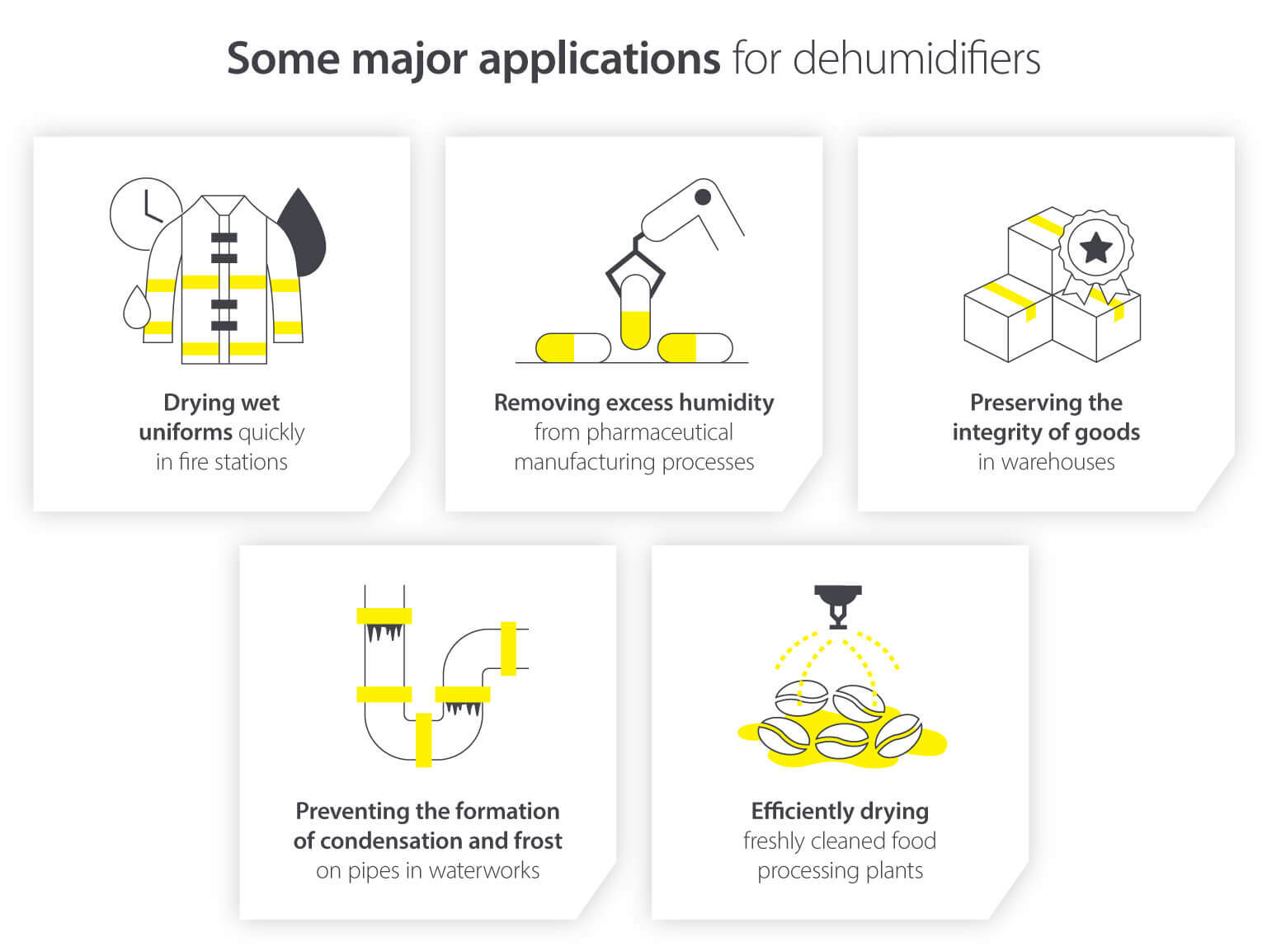
However, despite being a versatile and essential component of many commercial operations, the rising cost of electricity around the world has placed a growing emphasis on energy efficiency.
What factors influence energy efficiency?
Although every dehumidifier on the market is rated to achieve a certain degree of performance, the number of kilowatts required to capture and drain one litre of water from the air will vary due to certain factors, such as:
The humidity of the surrounding air
The temperature of a space
The type of unit selected
The size of the chosen unit
To illustrate how the performance of a single unit can change in different conditions, consider the following example:
A condensation dehumidifier, such as the AD 20, can remove 18 litres (31 pints) of moisture using 7.68kWh of power in 24 hours when an environment is 30°C, and the relative humidity is 80%. This means that the efficiency of the dryer was 0.43kWh per litre of water removed.
However, this same system is able to air dry 4.5 litres (8 pints) of water vapour in a day, using a total of 5.16kWh, when temperatures are 10°C and the humidity level is 70%. This means that the efficiency of the dryer was 1.15kWh per litre of water removed – more than double the previous example with the only change being the temperature and humidity of the environment.

This example demonstrates that there is no ‘one-size-fits-all’ solution to efficient and effective drying. The chosen unit, the inside conditions, and the role of the unit will all have a bearing on how much power a system needs to complete its task.
How to minimise energy use when dehumidifying
While the energy consumption and cost to run a dehumidifier will vary on a site-by-site basis, there are several best practice tips contractors, technicians and businesses can apply to save energy and money:
Set up units correctly
Energy-efficient dehumidification first relies on the correct installation and setup of a unit.
To begin, make sure that the dryer has been cleaned and serviced correctly to maximise its performance; filters should be dust-free to maximise airflow and the internal coils of the dehumidifier should be cleaned to ensure maximum cooling efficiency.
Plugging the unit into an appropriately powerful mains source and establishing a method of continuous drainage is also crucial in allowing a unit to remove moisture without running into any unnecessary downtime.
Take time to ensure that your dryer is positioned in the optimal position in the room, as close to the source of excess humidity as practicably possible. In many cases, a contractor places the dryer where it is practical to plug the unit into a wall and drain outlet rather than thinking about how the humid air is delivered to the machine itself. This investment of time and effort can unlock savings across the entirety of the project.
Establish achievable environmental targets
Another important aspect when it comes to limiting energy usage during operation is to establish achievable environmental targets in your company. Put simply, what kind of conditions are reasonably required to fulfil your goals?
Although a target of 10% RH may seem like a good, dry target to aim for, if that humidity level has no real benefit, the energy bill to maintain such conditions could cost significantly more than necessary. Think about whether you need to achieve an incredibly low relative humidity, or is a target of 30% RH sufficient for the task at hand?
Ultimately, the greater the amount of moisture removed from the air, the harder a unit has to work, and the larger the electricity cost. This is why units fitted with built-in humidistat control offer significant benefits to the user, as they allow operations to stop when dehumidification is no longer required. By establishing reasonable climate targets, energy savings can be maximised, without compromising on comfort or performance.
Maintain and clean equipment
Whether it is dust or dirt, as dehumidifiers run, the air they process can gradually trap microscopic material inside the machine, blocking filters and wearing down integral components.
While this general wear and tear can reduce the lifecycle of a unit, blockages can also limit the performance of the dehumidifier prior to this, forcing the unit to work harder and increasing the amount of drying time and energy required for a job.
To maximise the performance of a unit and enjoy the greatest energy savings possible, it is vital to establish a regular routine to inspect, clean and maintain your dehumidification solutions. Many of our Aerial dehumidifiers are fitted with kWh and hour counters, making it easy to plan regular preventative maintenance and service schedules for the equipment.
Consider the dehumidifier as part of the wider building
As the performance of a dehumidifier will fluctuate based on inside conditions, another important way properties and businesses can enhance this is to tailor the environment to the unit.
For example, a dehumidifier may be fine-tuned to work in a specific operating range, such as 25-30°C. And if the room is too hot, say 38°C, then the dehumidifier will struggle to cool the air flow down enough to reach the dew point and condense inside the dryer.
Conversely, if the room temperature is 10°C, the unit may form ice on the cold coils and continuously enter a defrost cycle, wasting time and energy.
This is where temperature control becomes critical – use room thermostats to control central heating systems and install supplementary heating if the room is too cold for a typical condensing dryer.
By working with experienced manufacturers, such as Dantherm Group, our teams have the knowledge to help organisations unlock further energy savings throughout their setup by assessing their environment as a whole.
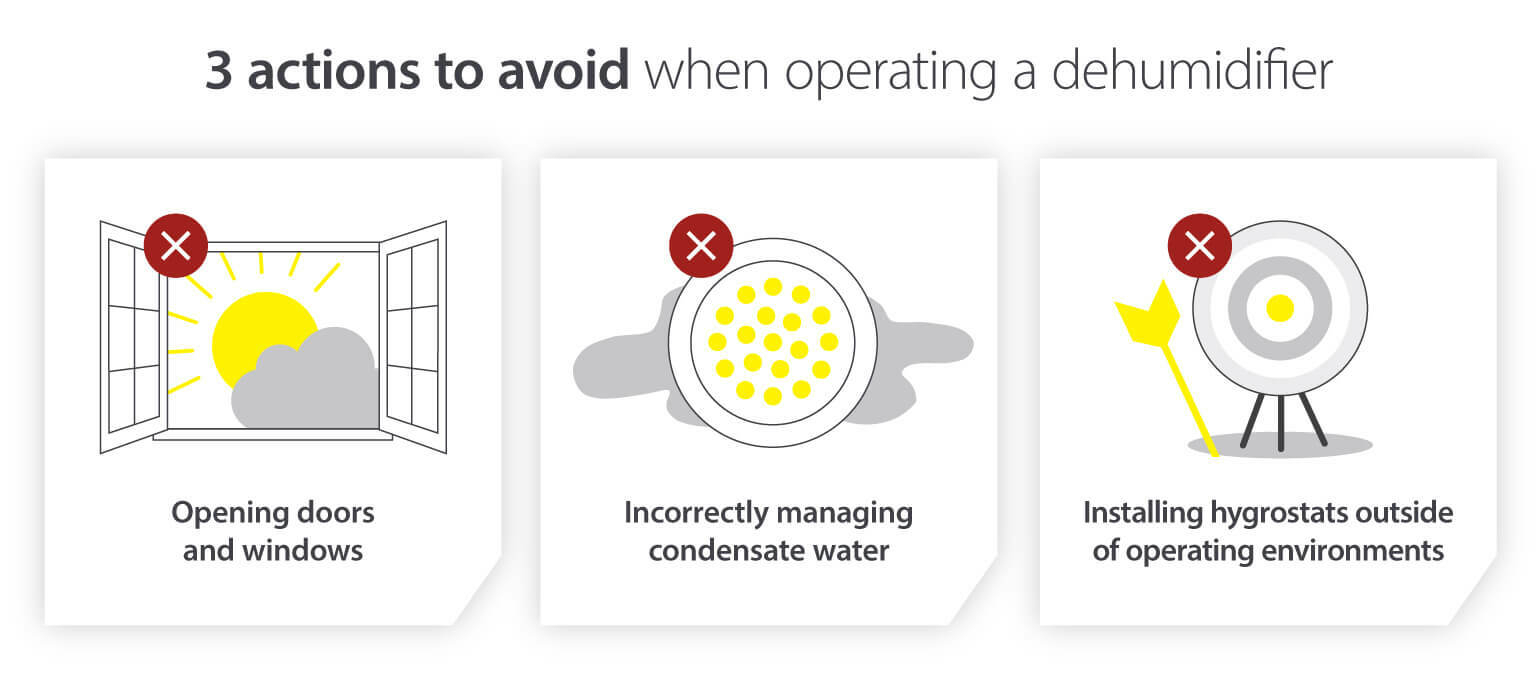
Why is energy efficiency important?
With the cost of electricity rising as much as 50.2% in some regions, many contractors, operators and business owners are facing the prospect of significant increases in their running costs. By limiting the amount of energy drying solutions use on a day-to-day basis, the savings that enterprises can make are notable.
Historically, the difference between operating a condensation and adsorption dryer was less noticeable, meaning many end users have adsorption-based dryers installed in applications where the most energy-efficient solution is actually a condensation-based solution.
Recent spikes in the cost per kWh of electricity have created a chasm between the cost of running these two types of technologies, and now is a better time than ever for businesses to revisit their installations and optimise their setup.
Beyond the immediate and long-term financial benefits, sustainability is another motivation behind the drive for greater energy efficiency. As well as leaving a smaller carbon footprint, adopting a more environmentally friendly approach to drying can allow businesses to benefit from eco schemes, such as green taxes and sustainability-driven cash grants.
Selecting the right unit
Another crucial component of an efficient and effective drying strategy is the dehumidifier itself. To maximise the savings you can make, it is important to carefully choose the right unit by considering the following factors:
The type of dehumidifier
Depending on conditions, such as the temperature and relative humidity of a room, the type of dehumidifier best suited to a project will vary.
Condense dehumidifiers cool, condense and drain excess moisture from the air, and are ideally suited to warmer, humid spaces. Adsorption dehumidifiers, on the other hand, capture unwanted water vapour using desiccant material, making them perfect for cooler, drier environments and situations where incredibly low relative humidities are essential, such as manufacturing processes.
Read our article to understand the full spectrum of differences between adsorption and condensation dehumidifiers.
The size of a unit
As well as the type of dehumidifier, it is also important to consider the size of a unit when you are pursuing energy savings.
A unit too large for its intended purpose can jeopardise the energy efficiency of operations by needlessly overdrying a space. However, a unit too small may not be able to service the area, requiring multiple units running in tandem to reach target conditions.
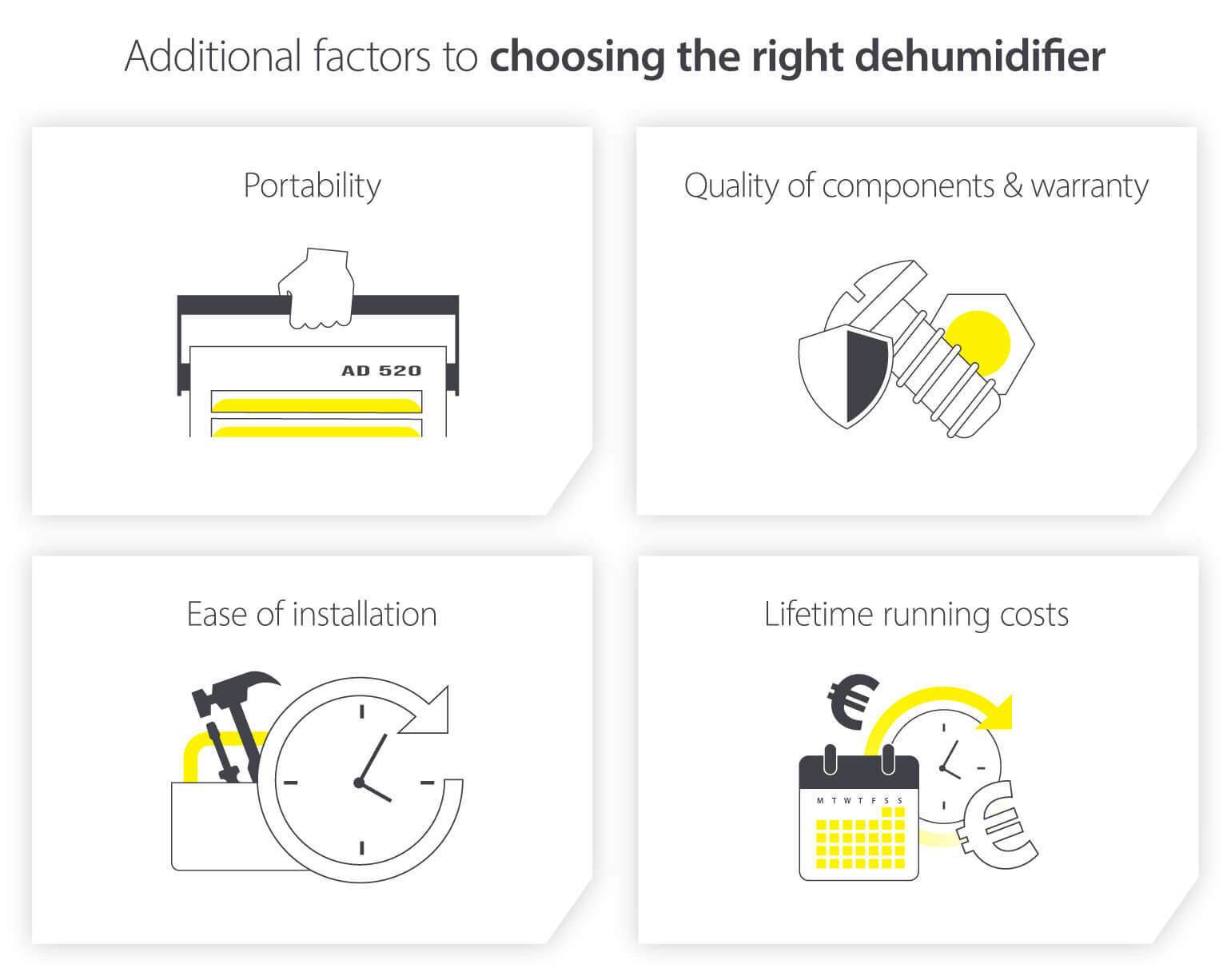
For a full guide on selecting the best commercial dehumidifiers, you can learn more by exploring our insight.
Trust the drying experts at Dantherm Group
Dehumidifiers are crucial units for so many sectors around the world. But, as the cost of energy continues to rise, operating this technology has only become a greater expense.
To improve energy efficiency and maximise savings, it is important to operate commercial dehumidifiers sustainably, choose the right unit for the job, and buy from a trusted manufacturer – one committed to quality, reliability and ease of use.
With more than 25 years of experience, Dantherm Group are a leading name when it comes to sustainable, effective and robust drying equipment.

As well as our decades of experience, Dantherm Group are the go-to manufacturer of choice for dehumidification because:
We have a wide range of units suited to many situations
Our units are built to last, made from durable, high-quality components
We have the infrastructure and expertise to support your unit after sale
Our systems are easy to maintain and service
To discover more about our range of dehumidifiers, the energy-related savings they can generate, and which solution is best for you, get in touch with our team or fill out the form below.
Related products
Featured insights
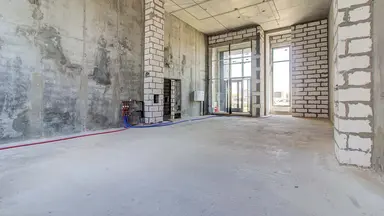
Discover the tell-tale signs that you would benefit from having a dehumidifier during construction work.
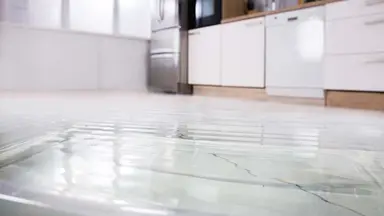
Explore the factors that raise the cost of water damage work for contractors – and where you can make savings.
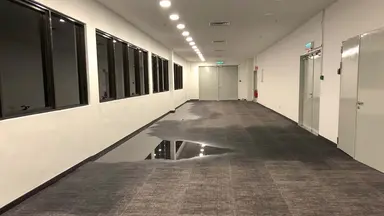
Explore the factors that influence the amount of time it takes to dry water damage, including the equipment you use.
Need help with choosing the right solution? Our team of over 100 climate control experts can assist.
You can also reach out or join the discussion on our Social Media. Check out our LinkedIn page.
